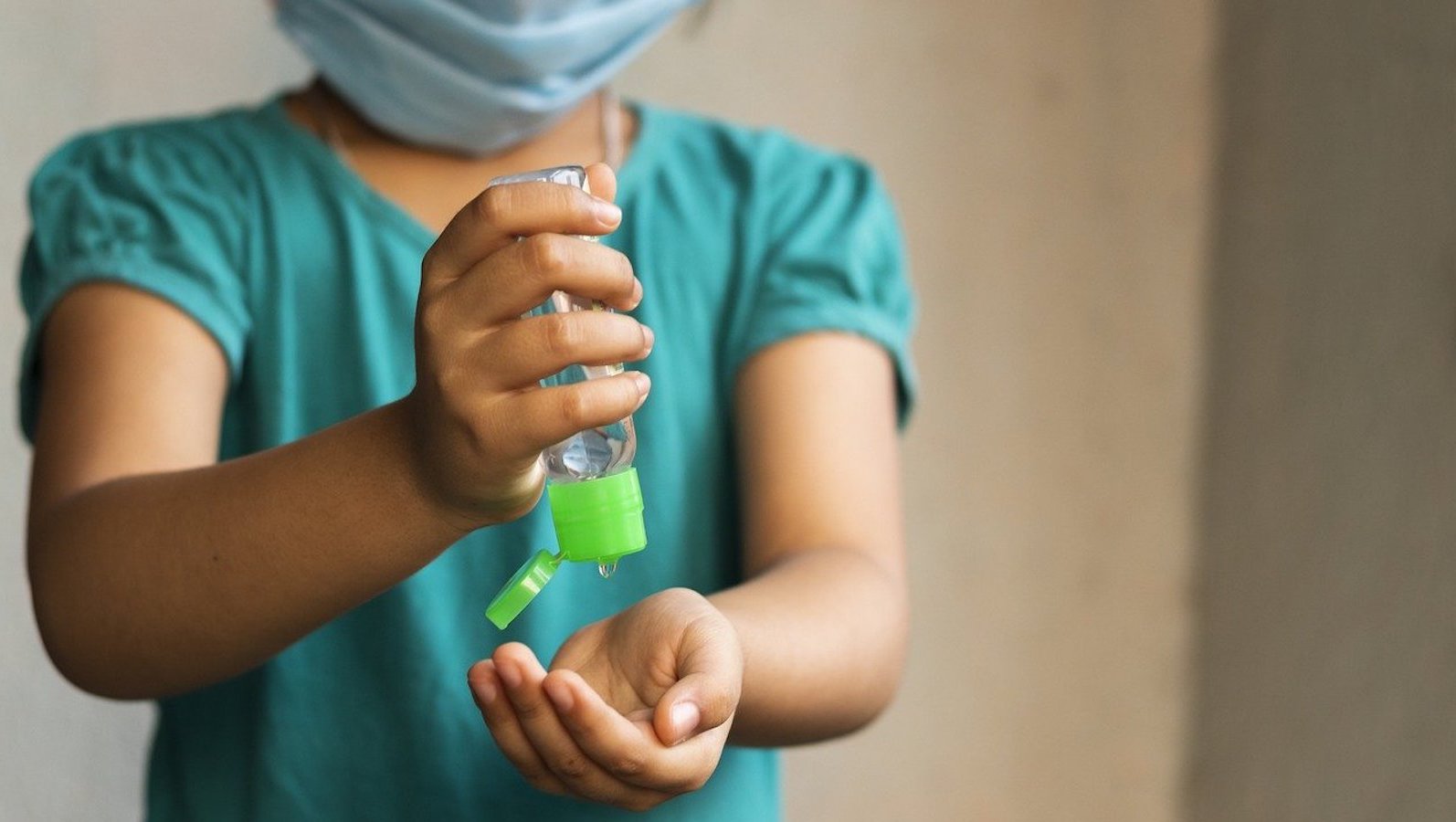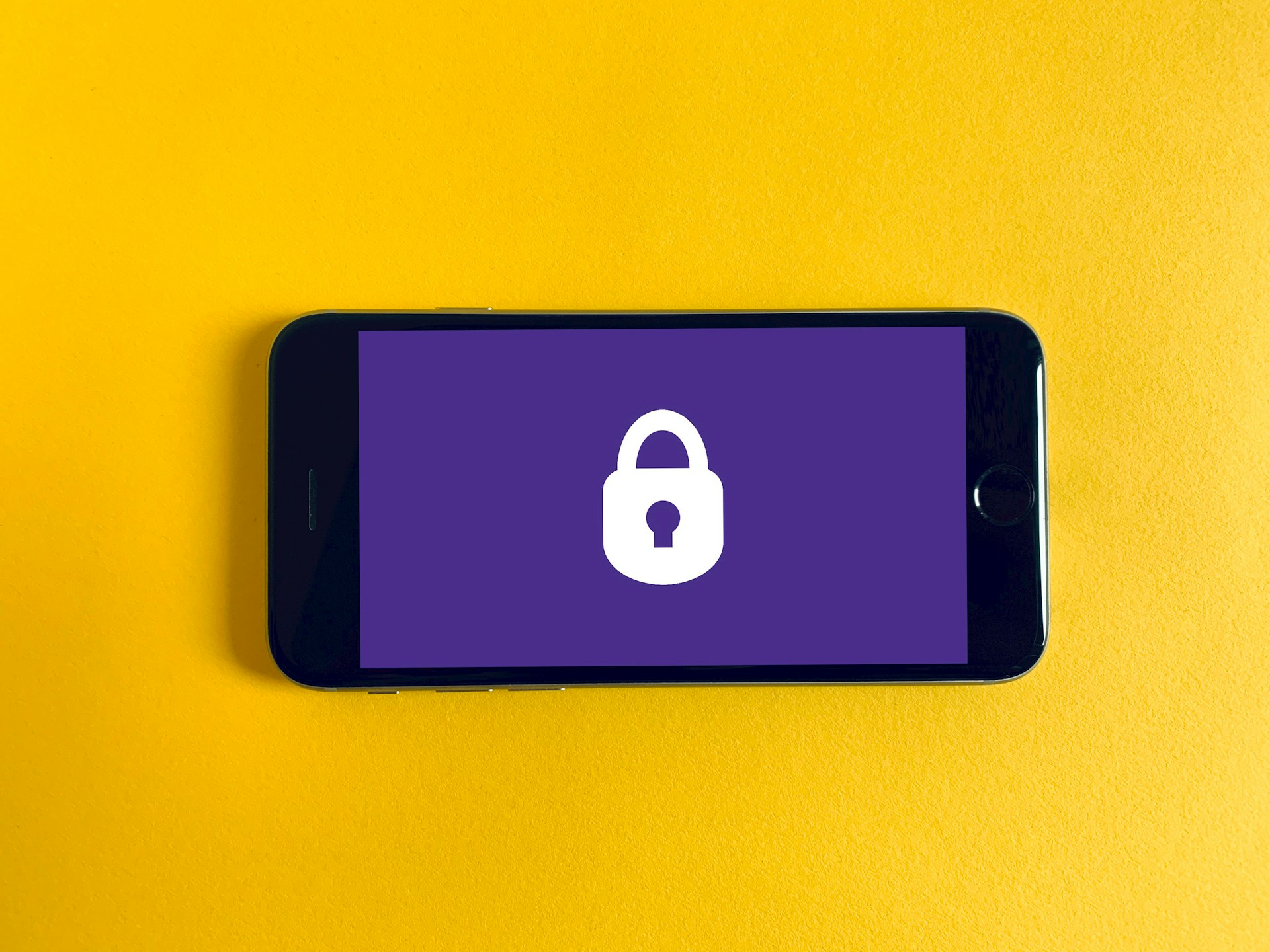
Poison control centers have probed 16,000 cases with kids and hand sanitizer in 2023
What to know about hand sanitizer ingestion and how to prevent it in your family. While a child may not suffer alcohol poisoning if they lick their hands after using it, any amount swallowed or ingested is hazardous.

U.S. PIRG Education Fund Consumer Watchdog team
Hand sanitizer can be a great help to parents. It doesn’t replace hand washing, but it’s useful in times of need — when a child is at school or in a car. While hand sanitizer can be beneficial, adults need to be aware of the danger of alcohol poisoning in children who are exposed to hand sanitizer, especially if they swallow it.
From Jan. 1, 2023, through Dec. 31, 2023, poison control centers nationwide handled 16,058 cases involving hand sanitizer exposure in children 12 years and younger, according to the American Association of Poison Control Centers (AAPCC). About 84% of them involved children age 4 and younger.
Thankfully, the annual total dropped nearly in half compared with 2021, the first full year of the pandemic, when many people bought hand sanitizer in large quantities to try to protect themselves from COVID. There were more than 31,000 exposure cases in 2021.
While a child may not suffer alcohol poisoning if they lick their hands after using it, any amount swallowed or ingested is hazardous. In any person, alcohol poisoning can be harmful, but for children there is an increased likelihood of severe and even fatal consequences. Alcohol affects the central nervous system and lowers blood sugar. Children generally can’t handle this crash in blood sugar as well as adults can, which increases the risk of death when children have alcohol poisoning.
Here are some tips on how to avoid hand sanitizer poisoning:
Be vigilant when young children have access to hand sanitizer. With young children who don’t understand the dangers of swallowing hand sanitizer, keep it out of reach and watch closely when they are using it.
Don’t buy sanitizer that might tempt a child to drink it. The FDA just this month recalled a brand packaged in containers that looked like water bottles. These pose a risk of accidental ingestion.
Explain the dangers of hand sanitizer ingestion to children. It is important to educate children on the dangers of swallowing products that are not meant to be swallowed, especially if a child will bring this product to a place where adult supervision may not be constant — this could be at school or an extracurricular activity.
If there are older siblings in the home, remind them to watch over younger children when they use hand sanitizer and to move it out of reach.
Be careful with hand sanitizers that have fun packaging or smells. Small children can be tempted to taste a hand sanitizer that smells or looks like candy, fruit or other similar goods.
Check that hand sanitizers in your home have not been recalled. The U.S. Food and Drug Administration (FDA) has released a long list of hand sanitizers that should not be used.
If there is a recalled hand sanitizer in your home, throw it out immediately. You shouldn’t pour it down the sink or drain. If possible, it’s best to dispose of the recalled hand sanitizer in a hazardous waste container. Hazardous waste containers in your area can be found using the U.S. Environmental Protection Agency’s (EPA) RCRAInfo Search.
Hand sanitizer should be used in well-ventilated areas. The FDA found that dangerous vapors can be inhaled when hand sanitizer is used in tight spaces. The agency advises finding a way to improve air ventilation, such as opening the windows when using hand sanitizer in the car.
Avoid homemade hand sanitizer. Homemade hand sanitizers can be faulty and ineffective. If made incorrectly, homemade hand sanitizers can cause skin irritation and burns to any person who uses it.
Be aware of the signs of hand sanitizer ingestion. If a child is displaying symptoms of alcohol poisoning — vomiting, confusion, slurred speech — contact a medical provider. If more severe symptoms surface — irregular breathing, choking, extreme drowsiness — call 911 immediately.
Hand sanitizer is one of many products found in a home that can cause alcohol poisoning if a child ingests it. While the tips above can help to prevent hand sanitizer ingestion, if any product with alcohol (beverages, face cleansers, mouthwashes) or other poisonous products are swallowed, you can reach your local poison control center by calling the Poison Help hotline: 1-800-222-1222. To save the number in your mobile phone, text POISON to 797979.
The Centers for Disease Control and Prevention (CDC) recommends using hand sanitizers that contain at least 60% ethyl alcohol or isopropyl alcohol. Most hand sanitizers on the market comply with that.
In comparison, the average beer in the United States has about 5% alcohol content. The amount of alcohol in hand sanitizer can be more than 12 times the level an adult could expect in an alcoholic beverage, making hand sanitizer extremely dangerous if anyone were to swallow it.
Topics
Find Out More


What the New Jersey Privacy Act means for you

5 steps you can take to protect your privacy now
